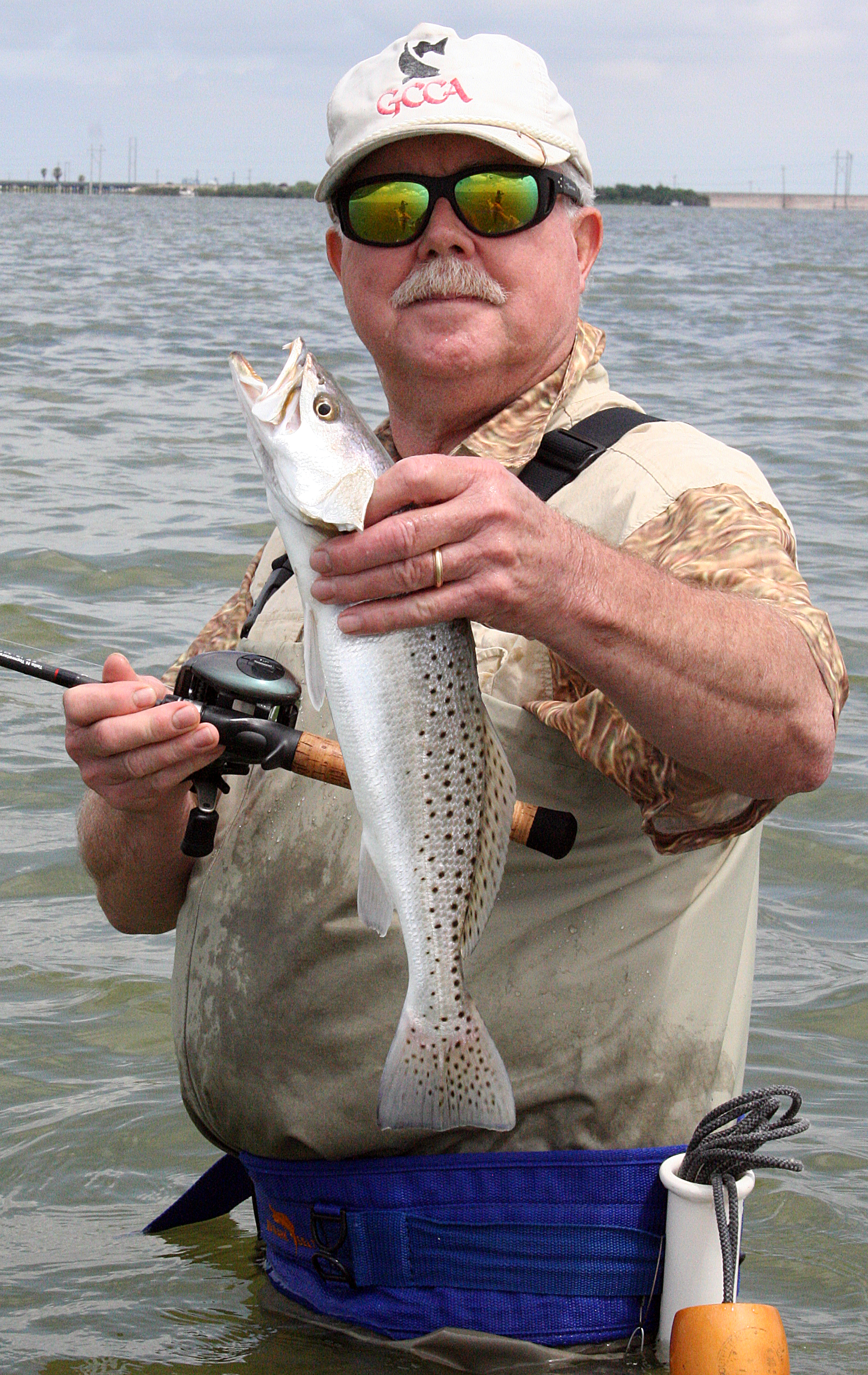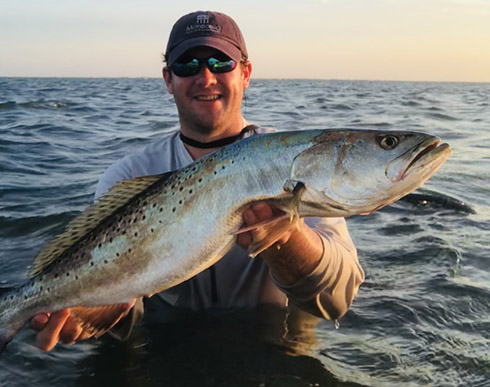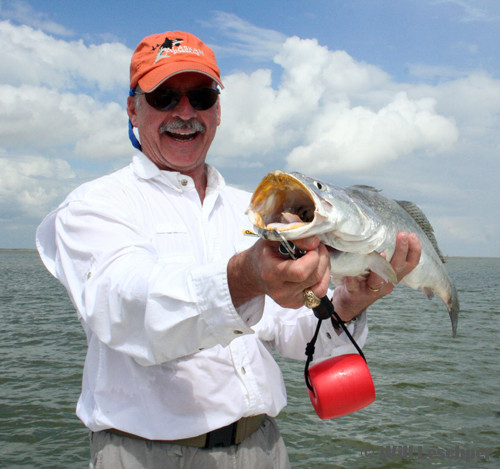Speckled Trout Slot Texas
Speckled trout are easily found in places where shrimp pass through in large schools, and speckled trout aren't the only ones taking advantage of this. Sometimes all you have to do is look for look for diving seagulls to find where the speckled trout are eating up! Wade fishing Texas bays, prefer medium/fast 7 ft to 7 ft 6 inch. Mostly blind casting1/16 – 1/4 jig heads with paddle or eel tails, or gulp. Occasional sight cast. 15-20 lb Windtamer works well (floro leader 20 lb). Can handle Reds up to 40 in. And still feel the bumpbump of lower slot trout.


- Sometimes, our only hope of catching slot reds out of such schools is to cast to the trailing edge. Just like with speckled trout, it seems to be a pecking order thing. While just about any lure will get the job done while working birds, various soft plastics and swimbaits work great.
- Texas speckled trout fishing is hot during the cold winter. (December) Speckled Trout: Baffin Bay This remote bay system is known in most circles as the top place in Texas to catch a truly massive specimen – a speck measuring at least 30 inches – which is the trophy standard for most gator-trout aficionados.

Speckled Trout are the most widely caught game fish in the Texas Coastal Bend. They are caught from boats, by waders, from the shore and from piers. The methods used to target speckled trout are just a varied as the type of angler pursuing them. The popularity of speckled trout stems from their abundance and quality meat. Adding to this is their willingness to hit both natural and artificial baits and their year round availability.

Generally speaking, fish shallow early and late in the day and fish adjacent channels, holes and drop offs in the middle of the day most of the year. During late fall, winter and exceptionally cold snaps, fish deep water in marinas, deep channels and the deepest holes in flats areas. During moderate weather and overcast days, stay on shallow flats and reefs longer. During cooler months, trout may move up a little later in the morning and earlier in the afternoon or may just stay in the deeper parts of the bays.
If you are in the right water at the right time of day and still not catching, vary your bait. Different size trout will eat differently, with smaller trout eating shrimp and small fish, while larger trout eat only larger fish. It may just be that you are fishing for the wrong size trout!
Speckled Trout Slot Limit
|